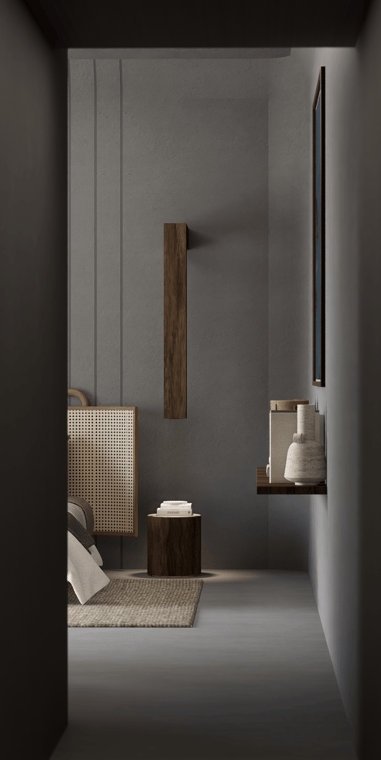Speaking with Spaces: The Art of Expressing Yourself Through Interior Design
Speaking with Spaces: The Art of Expressing Yourself Through Interior Design
Interior design, at its core, is an art form that captures the essence of your individuality and transforms it into a visual narrative. Each room in your home holds the potential to communicate a unique story—one that reflects your personal tastes, passions, and treasured memories. Crafting a space that feels authentically yours involves more than adhering to design trends; it’s about forging a meaningful connection between your surroundings and your inner self.
Engaging with the spaces you love can be a fulfilling experience. Not only would it help you to shape your space but also express your own personal style through your space
In this guide, we'll delve into the art of expressing yourself through interior design and explore how to create a home that feels distinctly, uniquely you.
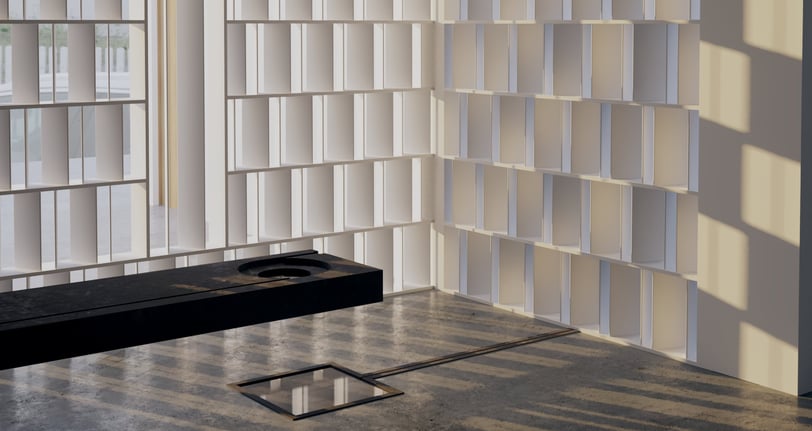

Design Style Preferences: Finding Your Unique Voice
Designing a home that resonates with your identity begins with understanding your personal style. This journey is not about selecting color swatches or picking out furniture; it's about uncovering the elements that define you.
Do bold, eclectic designs draw your eye, or do you find solace in minimalist, serene environments? Are you captivated by sleek modernism, or does the timeless charm of vintage elements resonate with you?
This process of discovery lays the groundwork for creating a design language that reflects your essence. It's a journey of self-discovery where you can explore what truly appeals to you, leading to an environment that mirrors your unique tastes.
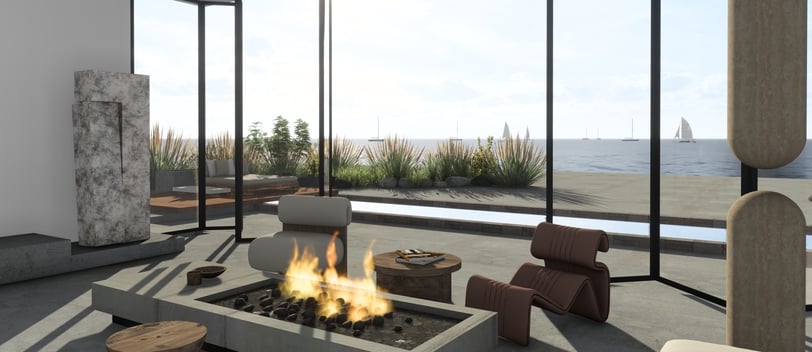

**Actionable Insights: Immerse yourself in diverse aesthetics. browse design journals, wander through showrooms, and curate a moodboard with styles that catch your attention. Seek inspiration from cafes, restaurants, and hotels you visit, discerning the design elements that resonate deeply with you.
Embracing Materiality: A Symphony of Textures, Patterns, and Essence
The materials you choose can significantly influence the ambiance of a room. From the natural warmth of wood to the industrial sleekness of metal, every material brings its own character and texture.
When curating your space, pay close attention to the textures, patterns, and finishes that best suit your style. These elements can add depth and richness to your interiors, creating a multi-sensory experience.
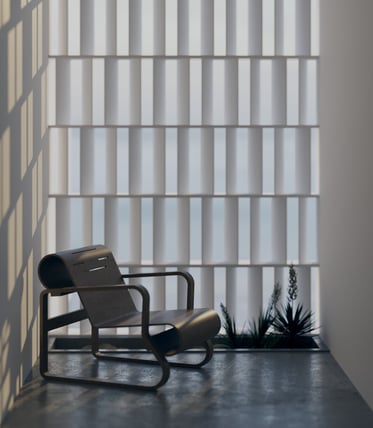

**Actionable Endeavors: Create a mood board featuring a variety of materials—stone, leather, fabric, metal—and experiment with combinations that evoke different emotions. Find the right balance between materials and its experience. Think about the warmth of wood, the cool touch of metal, and the softness of natural fibers to create a harmonious balance.
Exploring Color in Spaces: Infusing Your Space with Emotions
Color plays a significant role in how we perceive and feel within a space. Each hue has its own impact and can evoke different emotions. By understanding color psychology, you can curate a palette that enhances your mood and reflects a positive ambience within spaces.
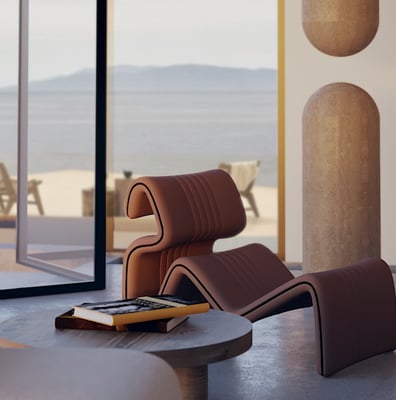

**Actionable Insights: Experiment with various color combinations and observe how they make you feel. Consider using warm tones to create a cozy, energetic atmosphere, or cooler shades for a calming effect. Incorporate accent colors through accessories and art to add your personal touch.
Weaving Tales of the Past: Crafting Immersive Narratives through Design
Interior design should evoke emotions and create lasting memories. To make your interiors feel truly personal, consider the journey you've taken and the moments that have shaped you.
This could be a cherished trip abroad, a beloved family tradition, or a hobby that brings you immense joy. By incorporating these elements, you can add layers of meaning to your space and create a sense of connection.
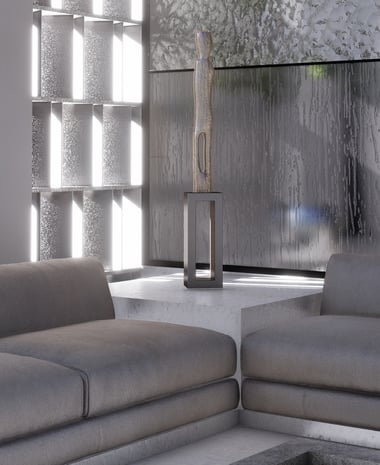

**Actionable Steps: Incorporate artwork, photographs, and mementoes that hold sentimental value. These items not only personalize your space but also serve as conversation starters for your visitors. A thoughtful arrangement of objects can transform a room into a living memory book, where each item tells its own story.
Celebrating Your Individuality: Finding Inspiration from your Lifestyle
While design trends can offer inspiration, staying true to yourself is key to creating a space that reflects your unique personality. Designing your home provides an opportunity to infuse your personality and character into every corner.
For truly finding your essence, reflect on all the creatively stimulating experiences of your life Consider what brings you joy and inspiration—music, art, travel, food, fashion, literature, and more. These touchstones can guide you in designing a space that truly feels like home.
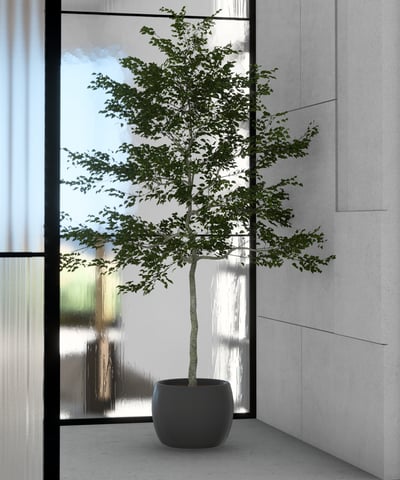

**Actionable Reflection: Pause to contemplate the moments that kindle joy, invigorate your spirit, and foster a sense of connection with literature, philosophy, or art. Let these reflections influence design choices and guide in sculpting a space that is a manifestation of your truest self.
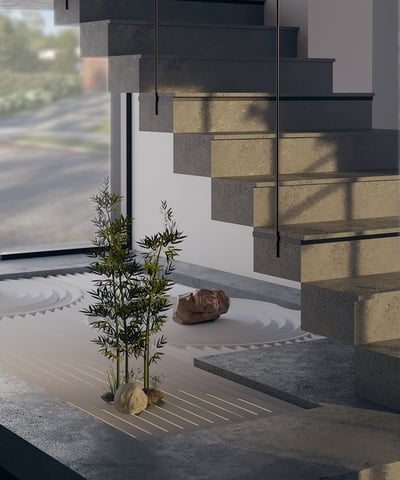

Envisioning Tomorrow: Designing for Aspirations and Growth
As we envision the future, our homes serve as sanctuaries that facilitate our pursuit of holistic well-being and growth. Consider how your living space can support your mental well-being, physical health, relationships, personal growth, and professional success. As your home plays a pivotal role in your daily life, its design should promote best practices that help you channel your best version.
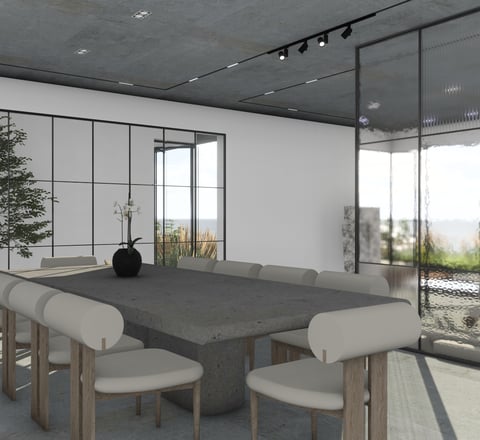

**Actionable Visioning: Envision your ideal day and contemplate the elements that contribute to a fulfilling life. Consider the inhabitants of your space, spanning generations, and ponder their aspirations and desires. These insights go a long way in determining the designs, circulation and functions of each space.
Collaboration with Designers: The Power of Co-Creation
Working with a professional designer can be a rewarding experience. A skilled designer understands the importance of collaboration and will work with you to bring your vision to life. They listen to your ideas, empower you with the nuances to make informed decisions, extract meaningful references with thoughtful questions, offer expert guidance, and partner with you to navigate the entire design process.




